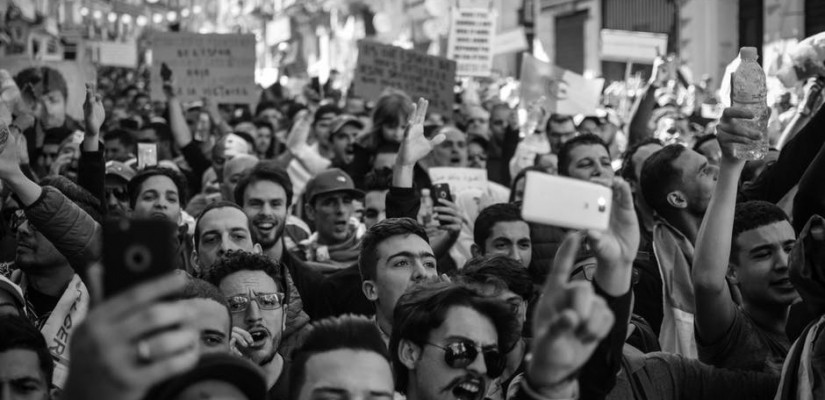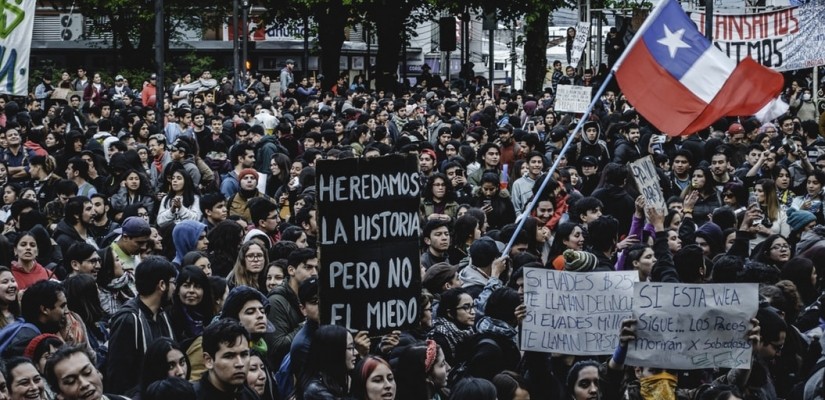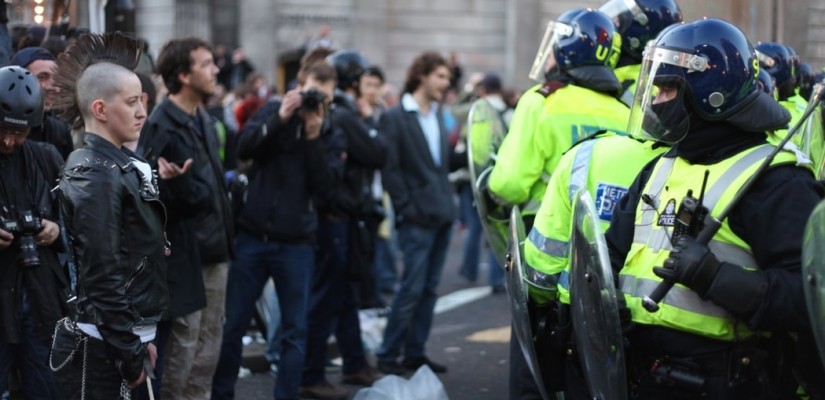
In 2019, mass revolts created political shockwaves that reached all parts of the globe. The year 2020 is likely to echo the eruptions of the previous year’s political unrest, or at the very least, witness a continuation of major protests. While political unrest arises to challenge or correct errors in governance, these events should also be monitored with great caution as such demonstrations are often preceded by poor governance, accompanied by violent reactions, and can result in rapid political transitions.
A Global Issue with Mass Participation
In the year 2019 alone, a multitude of countries experienced political unrest and mass demonstrations. A nonexhaustive list includes Algeria, Bolivia, Chile, Colombia, Czech Republic, Ecuador, Egypt, France, Georgia, Haiti, Hong Kong, India, Indonesia, Iran, Iraq, Italy, Lebanon, Nicaragua, Peru, Puerto Rico, Russia, Spain, Sudan, Tunisia, the United States, Venezuela, and Zimbabwe. This list demonstrates that political unrest is not limited to the developing world but has also affected more developed and historically democratic countries as well. For example, climate activism has sparked mass protests in Europe and the United States, and the Gilets Jaunes (Yellow Vest) protest movement in France involved hundreds of thousands of people. Also notable is the sheer magnitude of the protests. Participation reached over one million people during protests in Hong Kong, Puerto Rico, Lebanon, and Chile last year.

Spotting the Symptoms of Political Unrest
To assess the probability that widespread political unrest will continue in 2020, it is necessary to examine the common conditions that contribute to it. Grievances that triggered mass protests in 2019 included economic inequality, unpopular taxation, high inflation and unemployment, shortages of food, fuel, or medicine, poor governance, and democratic backsliding.
The most critical motivations for anticipating the risk of political unrest are the effects that mass revolts and large-scale insurrection can have on a country or region. Generally speaking, instances of political unrest in 2019 led to harsh government responses, mass incarceration, violence, rapid political transition, volatile investment conditions, and, in some cases, the imposition of sanctions.
In almost all cases, governmental responses to protests were swift and acrimonious. Many government responses involved mass incarcerations and violent reactions. For example, Indian security forces detained over 500 people in the disputed region of Kashmir following the discontinuation of the region’s autonomous status. In perhaps the most high-profile case of political unrest in 2019, the Chinese government responded to protesters in Hong Kong with mass arrests and increasingly violent reactions. Additionally, harsh government responses to protests in Iran and Iraq resulted in hundreds of civilians killed and thousands wounded. Examples of violent government responses were numerous in 2019 and varied in severity.

In some cases, political unrest succeeded in achieving the desired outcome of political change. One usually welcome side effect of this success is rapid political transition, such as in Lebanon when protesters succeeded in persuading Prime Minister Saad Hariri to drop a widely unpopular WhatsApp tax and ultimately submit his resignation. Unfortunately, since the Prime Minister’s resignation, Lebanon has struggled to form a new government, leading to ongoing instability in the country. In another example, protests in France succeeded in pressuring French President Emmanuel Macron to cancel unpopular plans for pension reform. The Gilets Jaunes protest movement in France evolved considerably to incorporate an overall disapproval with President Macron’s leadership. One should pay special attention to situations of political unrest as this rapid political transition can create significant changes to a country’s government and economy. These transitions can be swift and difficult to predict, creating volatile investment conditions.
In one particular case, the Chinese crackdown on protests in Hong Kong led to the imposition of US sanctions on China. Not only are these sanctions significant in displaying US support for the demonstrators in Hong Kong, but this also added a further layer of complexity to the ongoing trade war between the United States and China. To date, sanctions imposed by one side of the trade war have been met with corresponding sanctions from the other side. Thus, a political movement can have consequences that spread far beyond state borders.
In summary, political unrest can have widespread effects and should cause investors and business owners to be aware of the risks associated with the trend of mass protests. While the transition to more transparent and democratic governance is something to be celebrated, the time of transformation can be precarious. Should 2020 continue the trend of political unrest, we should be cognizant of the risks of mass incarceration, violent reactions, rapid political transitions, volatile investment conditions, and potential sanctions.
